DS 9 takes unexpected turns on the company’s route to electric cars
With its refined ride, interiors defined by luxury francophilia, and a defiantly different dashboard, there’s enough here to intrigue when the first pure electric DS model eventually appears
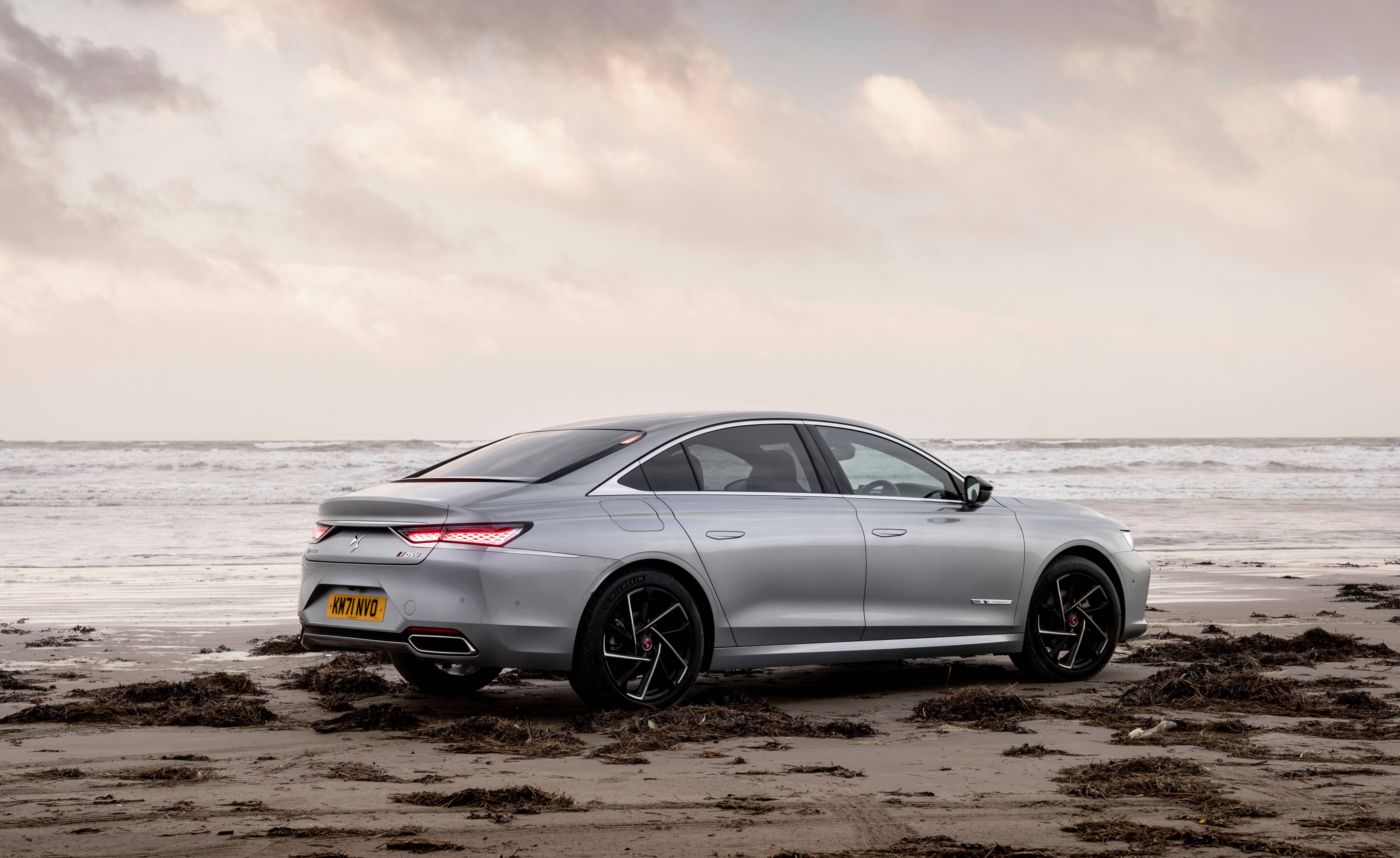
It feels like we’ve written ad infinitum about the DS brand’s close parity with innovation and contemporary design. Spun off from Citroën to fly the flag, or porter le drapeau, for French luxury design, DS models to date have all danced around the themes and theory of high-end creativity without ever quite connecting.
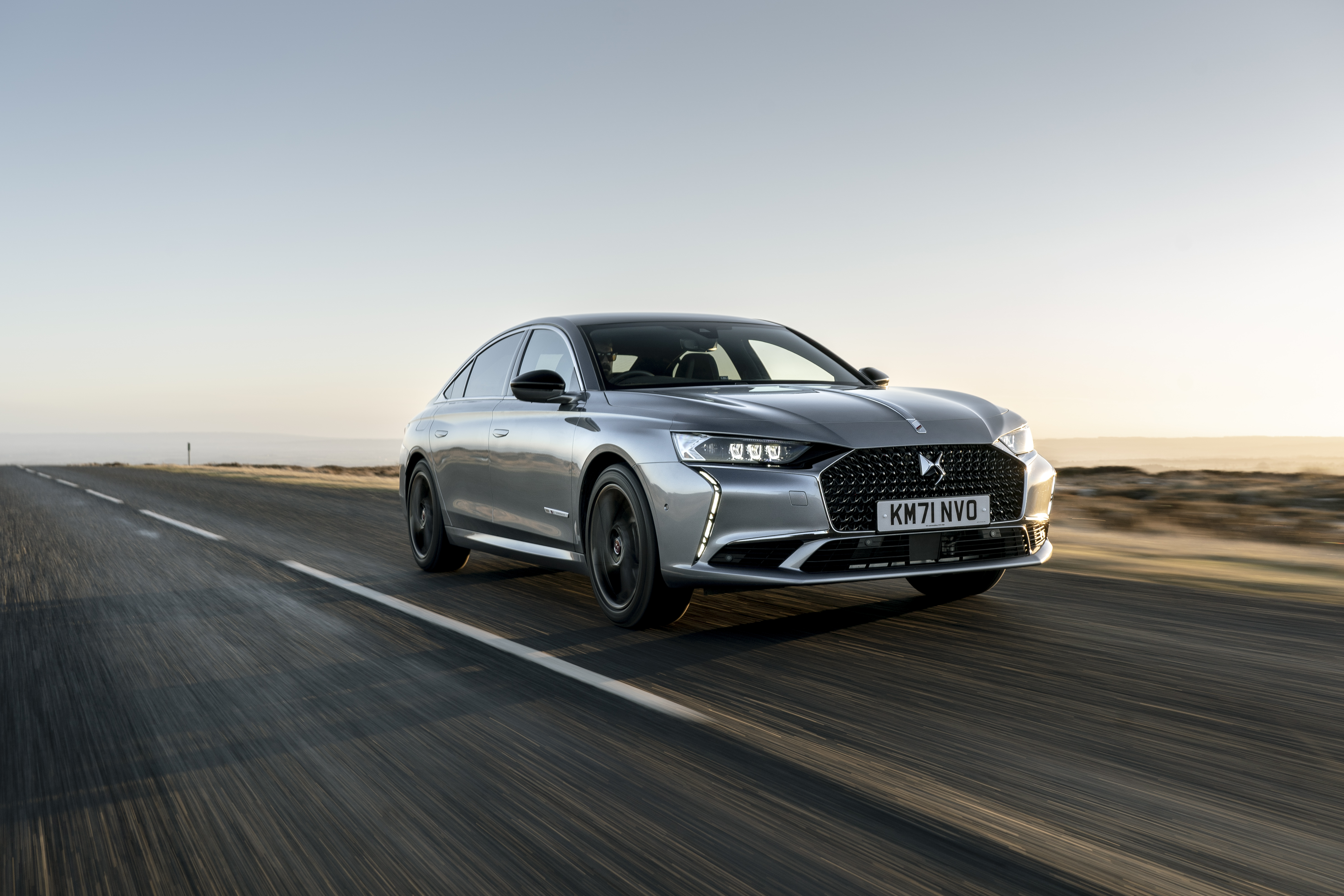
For a country with countless couturiers, designers, architects, and jewellers to its name, France has never really had a modern-day equivalent to Rolls-Royce, Cadillac, or even Mercedes-Benz. Yes, there’s Bugatti, founded by an Italian, based in a part of Germany that became French in 1919, and then German-owned ever since its revival in 1998.
The closest the country’s motor industry came were the Grandes Routières – grand tourers – of the inter-war years, back when Bugatti was competing with companies like Delage, Delahaye, and Talbot-Lago to build lavish luxury coupés. A combination of punitive post-war taxation and a more vigorous association between industry and social progress effectively ended the idea of building such plutocratic machines. There was a brief revival in the eccentric form of Facel Vega in the 1950s and 1960s, but since then the French auto industry has focused on mass-market motoring and innovation engineering, not luxury travel for a tiny minority.
The DS 9 is the company’s new flagship model. Against all economic wisdom, it is a saloon car, not an SUV. Here is where the debate over design begins, for the DS 9 is not an especially beautiful car. For sure, it has fine proportions, but beauty – and luxury – is in the details.
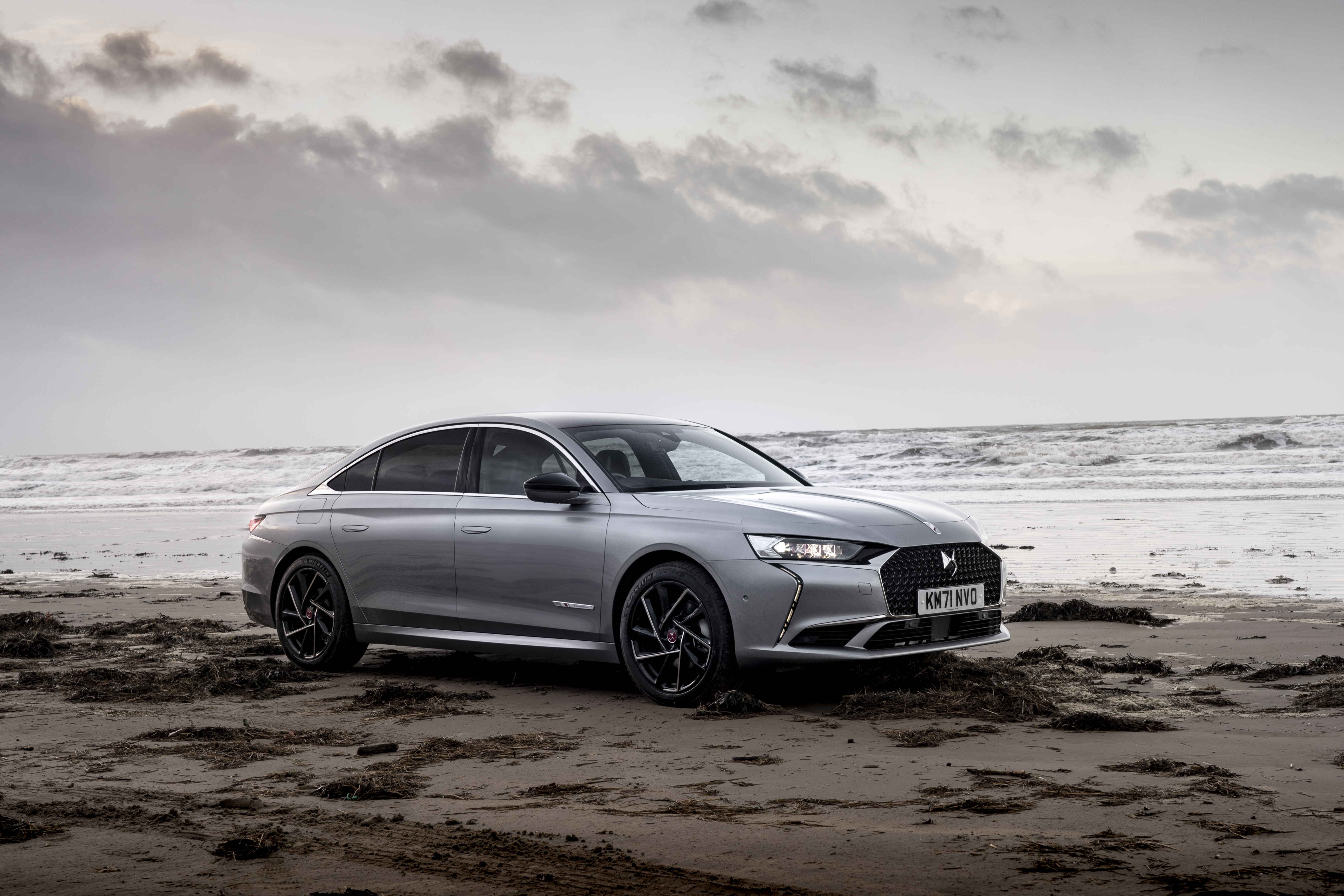
Its sister car, the Peugeot 508, shares a lot of the DS9’s underpinnings, yet somehow manages to be more svelte and elegant. Later this year, the same platform will appear beneath the new Citroën C5X, which heralds a great return to form for that company’s fabled design story.
Set against this pair, the DS 9 is a trailing third. In profile, it’s a handsome piece of sculpture, but the nose doesn’t carry any gravitas. The role of the automotive grille is undergoing a transformation; it’s not the signifier of status it once was.
Unfortunately, the DS range is currently wedded to the idea of a big, bold grille to anchor its Dalí-esque DS logo. Elsewhere, modern luxury is moving on.
Wallpaper* Newsletter
Receive our daily digest of inspiration, escapism and design stories from around the world direct to your inbox.

Ironically, a prominent grille was notably absent from all the big Citroëns of the 1950s through to the 1980s. These cars were never heralded things of great beauty. Instead, they were considered in terms of pure design, elegant in a different way but also wilfully idiosyncratic.
While the exterior of the DS 9 can’t live up to these antecedents, the interior is a lot more successful. DS makes a great deal of its luxury Francophilia, with materials like burnished metal, and pearl-stitched leather, along with dark rich colours, and angular forms. The ‘Opera’ interior trim option features Rubis Red Nappa leather, an impressive 14-speaker sound system, and even heated and cooled massage seats front and rear.
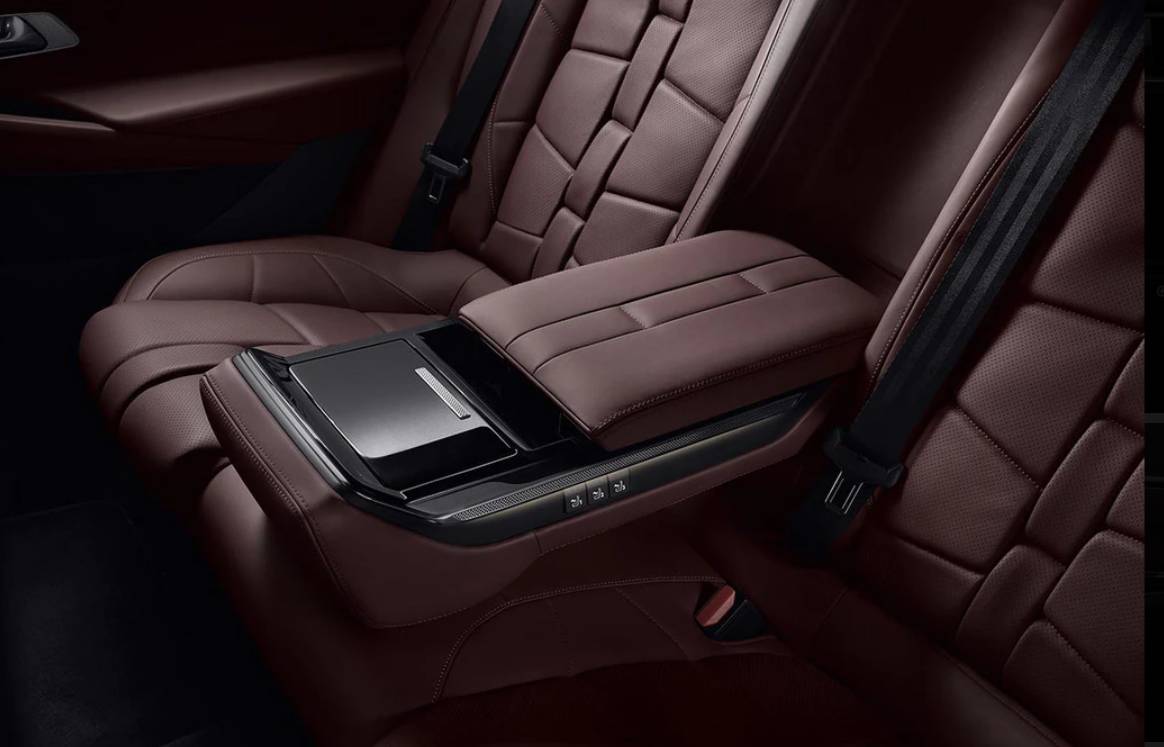
The dashboard is genuinely unlike any other car on the market, with triangular buttons, quirky animations, and a desire to set it apart from the efficient-but-predictable approach taken by German rivals.
Even the dash-mounted clock – supplied by French company Bernard Richards Manufacture – is a little bit different, rotating into place when you fire the ignition.
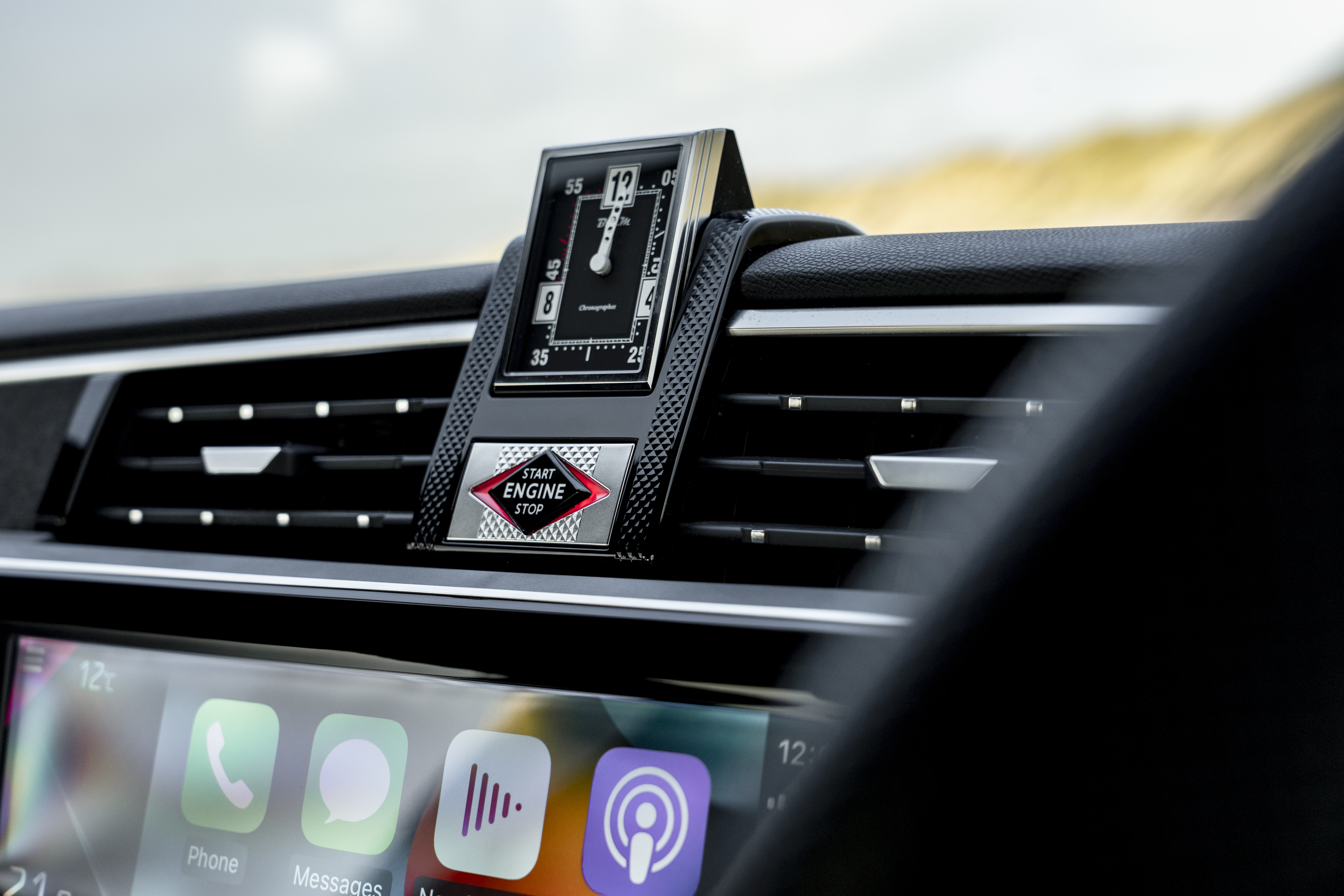
This particular DS 9 model doesn’t feel especially fast, as the 0-62mph of 8.3 seconds attests. It also has a pretty tiny fuel tank for a big luxury cruiser: at just 42 litres, it offers a relatively small range, even factoring in the 27-odd miles you can get from EV-only driving (Mercedes’ E-Class hybrid has a 60-litre tank).
If you want a more spirited performer, the four-wheel drive E-Tense 360 offers a substantial performance hike, but it’s not really necessary. The DS 9’s key dynamic virtue is not how it goes around corners, but the refinement of its ride, which is hushed and utterly unfussed, just as a traditional limousine should be.
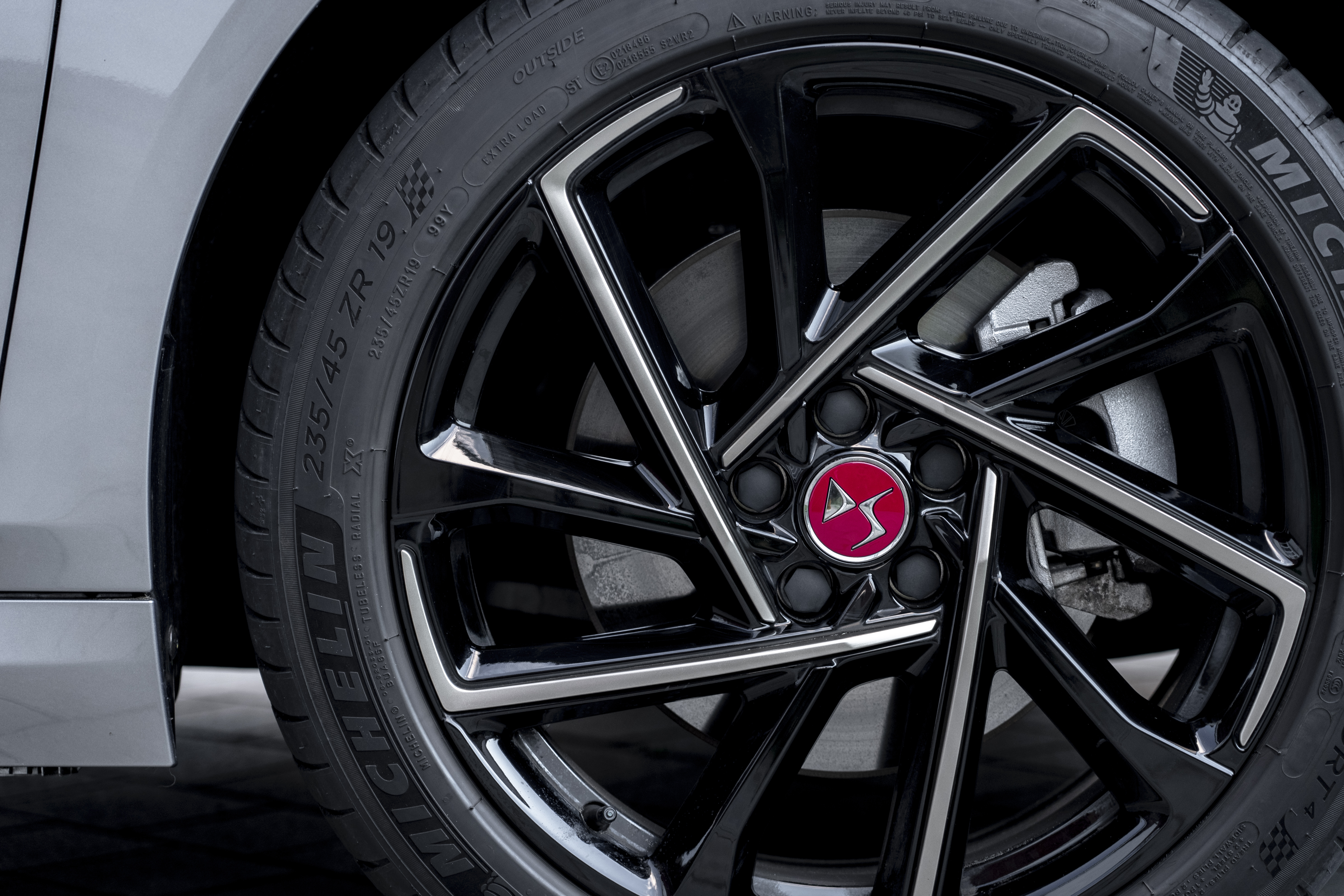
By eschewing the tyranny of ‘sporting’ driving, DS could well be on to something. If we’re truly approaching a point in time when the traditional ‘virtues’ of the internal combustion engine no longer matter, then DS can make more of its strengths. There are encouraging signs. The even newer DS 4 is one of the best-looking cars in its class, carrying the spirit of more adventurous concept cars, like the DS Aero Sport Lounge and the DS E-Tense.
So when the first pure electric DS model eventually appears, we’ll be watching with extreme interest.
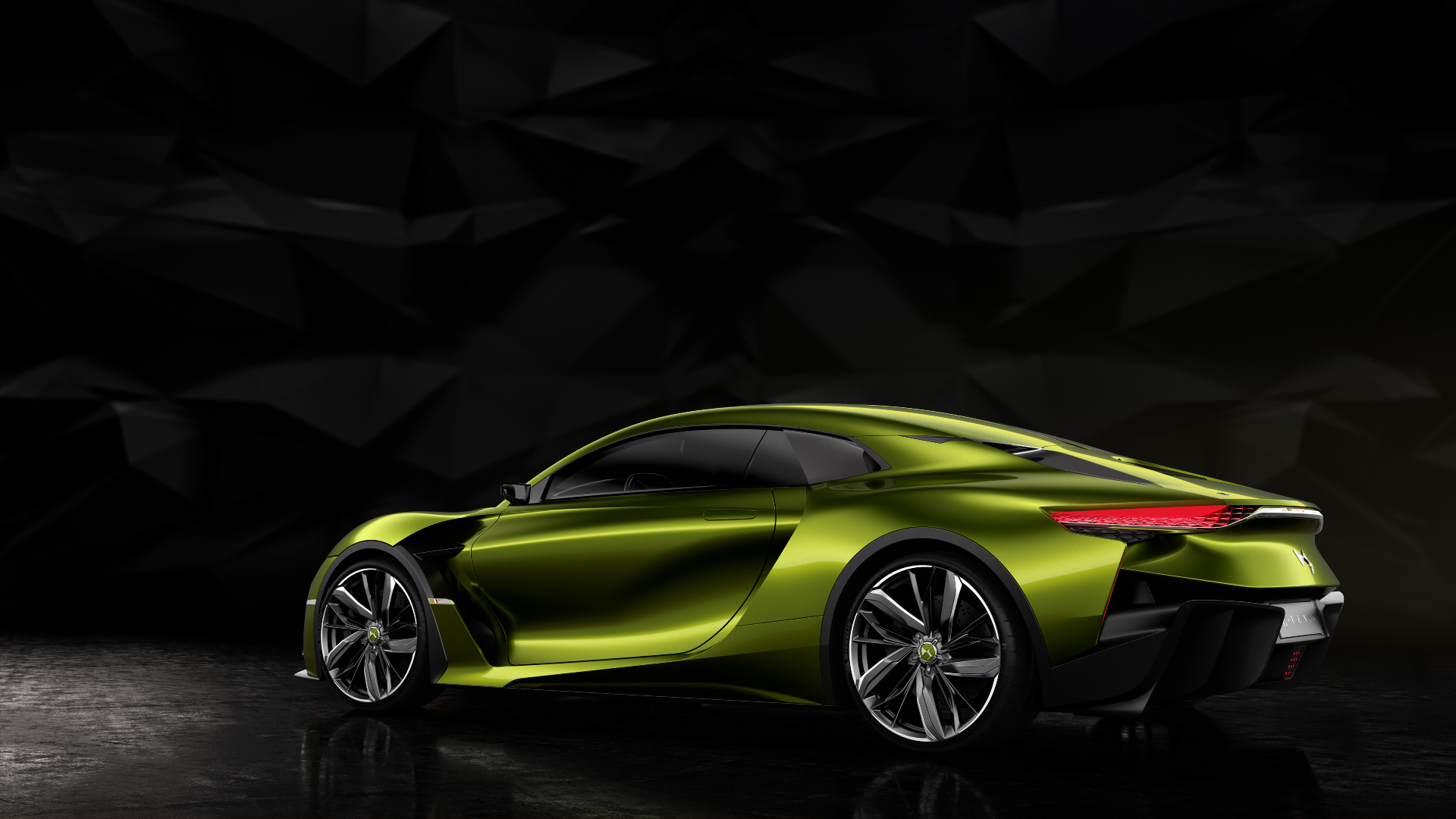
The 2016 DS E-Tense Concept previews the company’s pure electric design language, still to be officially unveiled
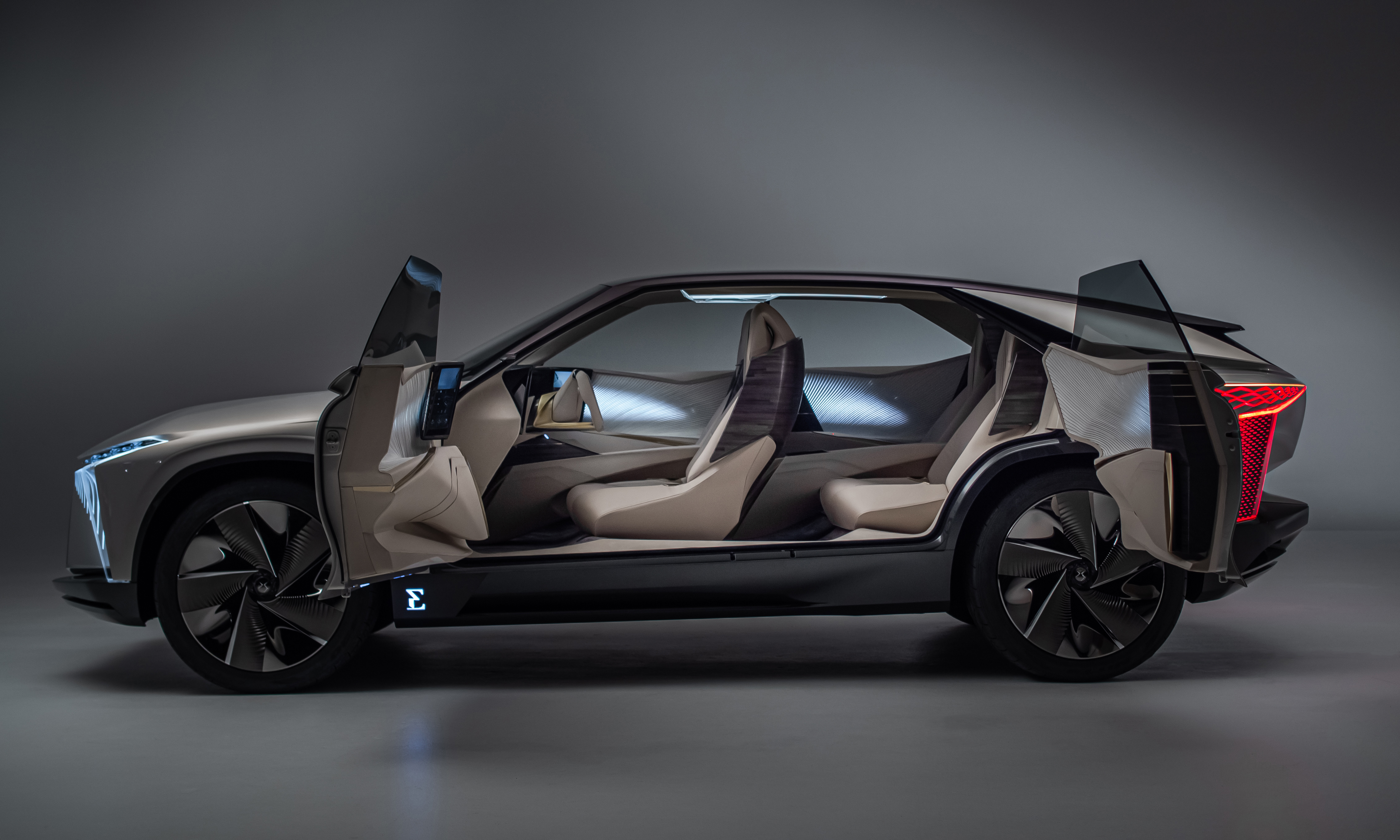
The 2020 DS Aero Sport Lounge Concept foreshadows a future crossover model
INFORMATION
DS 9 E-Tense 225, price as tested £53,015
Jonathan Bell has written for Wallpaper* magazine since 1999, covering everything from architecture and transport design to books, tech and graphic design. He is now the magazine’s Transport and Technology Editor. Jonathan has written and edited 15 books, including Concept Car Design, 21st Century House, and The New Modern House. He is also the host of Wallpaper’s first podcast.
-
 All-In is the Paris-based label making full-force fashion for main character dressing
All-In is the Paris-based label making full-force fashion for main character dressingPart of our monthly Uprising series, Wallpaper* meets Benjamin Barron and Bror August Vestbø of All-In, the LVMH Prize-nominated label which bases its collections on a riotous cast of characters – real and imagined
By Orla Brennan
-
 Maserati joins forces with Giorgetti for a turbo-charged relationship
Maserati joins forces with Giorgetti for a turbo-charged relationshipAnnouncing their marriage during Milan Design Week, the brands unveiled a collection, a car and a long term commitment
By Hugo Macdonald
-
 Through an innovative new training program, Poltrona Frau aims to safeguard Italian craft
Through an innovative new training program, Poltrona Frau aims to safeguard Italian craftThe heritage furniture manufacturer is training a new generation of leather artisans
By Cristina Kiran Piotti
-
 Peugeot’s sparky 308 gets hybrid power and handsome lines
Peugeot’s sparky 308 gets hybrid power and handsome linesThe Peugeot 308 proves that mass-market design needn’t be dull, blending hybrid power with sharp lines and excellent detailing
By Jonathan Bell
-
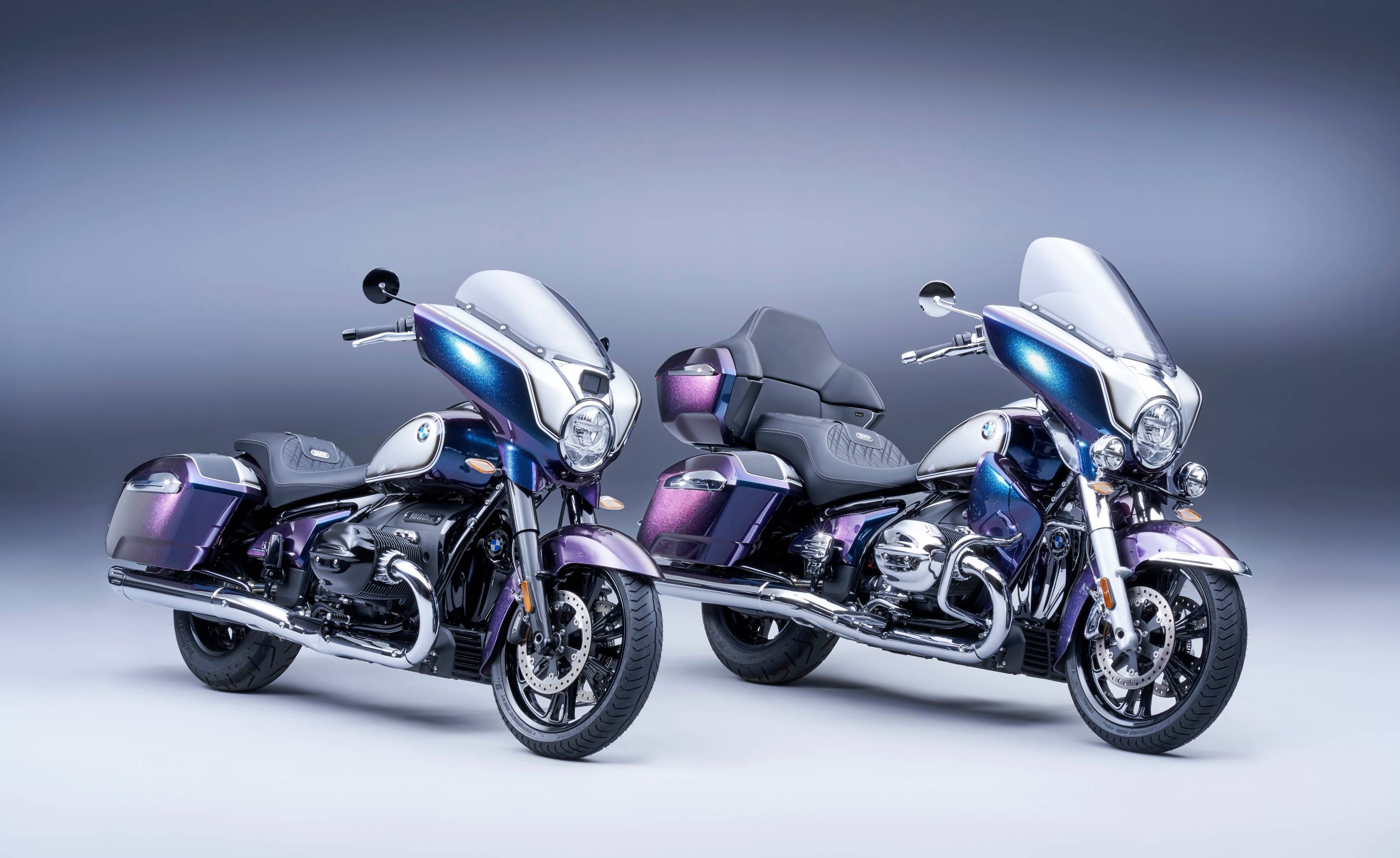 BMW Motorrad brings out the big guns for its newest cruisers
BMW Motorrad brings out the big guns for its newest cruisersBMW Motorrad R 18 Bagger and Transcontinental set the tone for high-voltage cruising with a brand collaboration with speaker specialist Marshall
By George Chapman
-
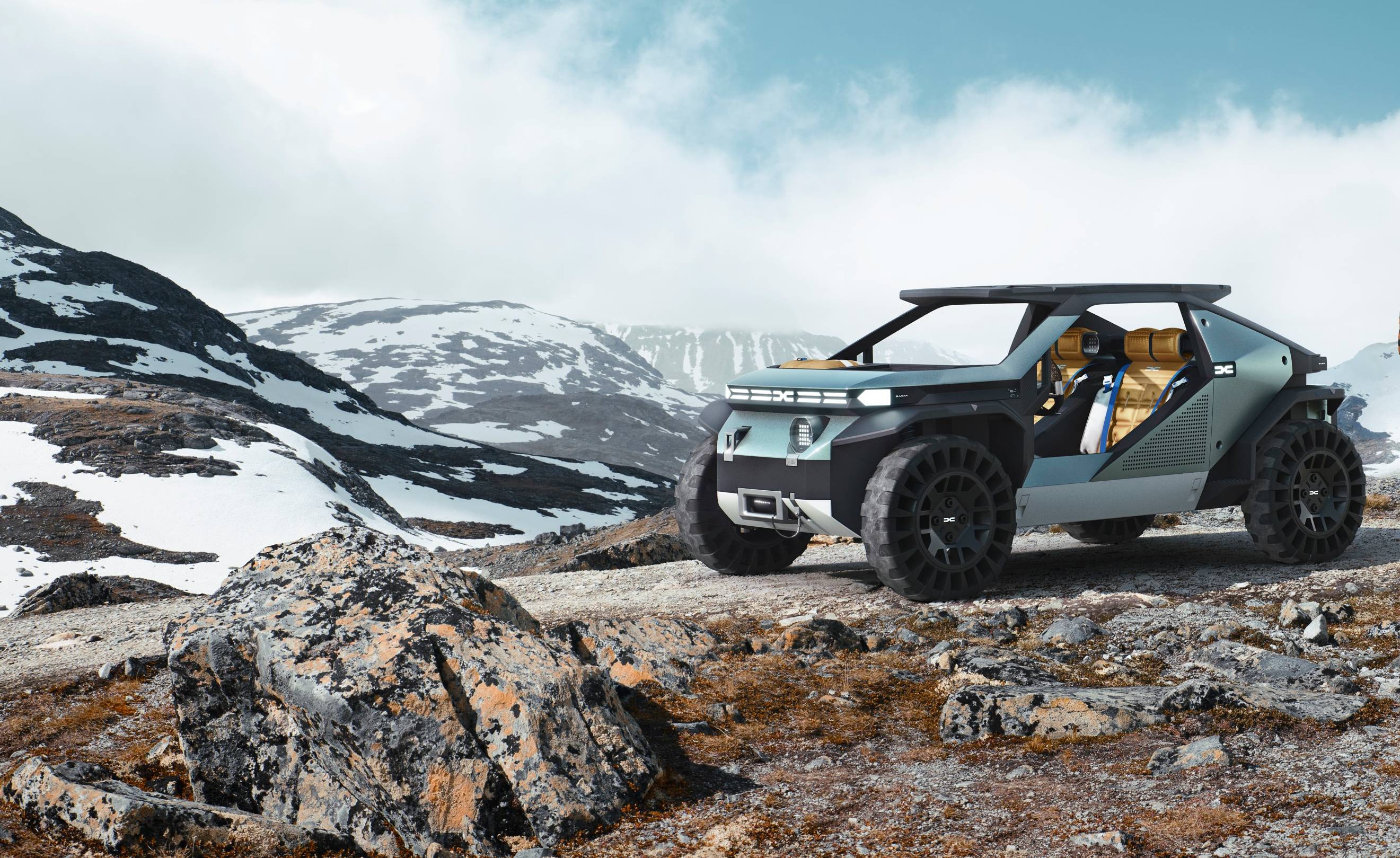 Dacia’s new Manifesto concept is a true outdoor utility vehicle
Dacia’s new Manifesto concept is a true outdoor utility vehicleUtilitarian auto brand Dacia sets a bold new agenda with its Manifesto, a concept car pitched at the active outdoor market
By Jonathan Bell
-
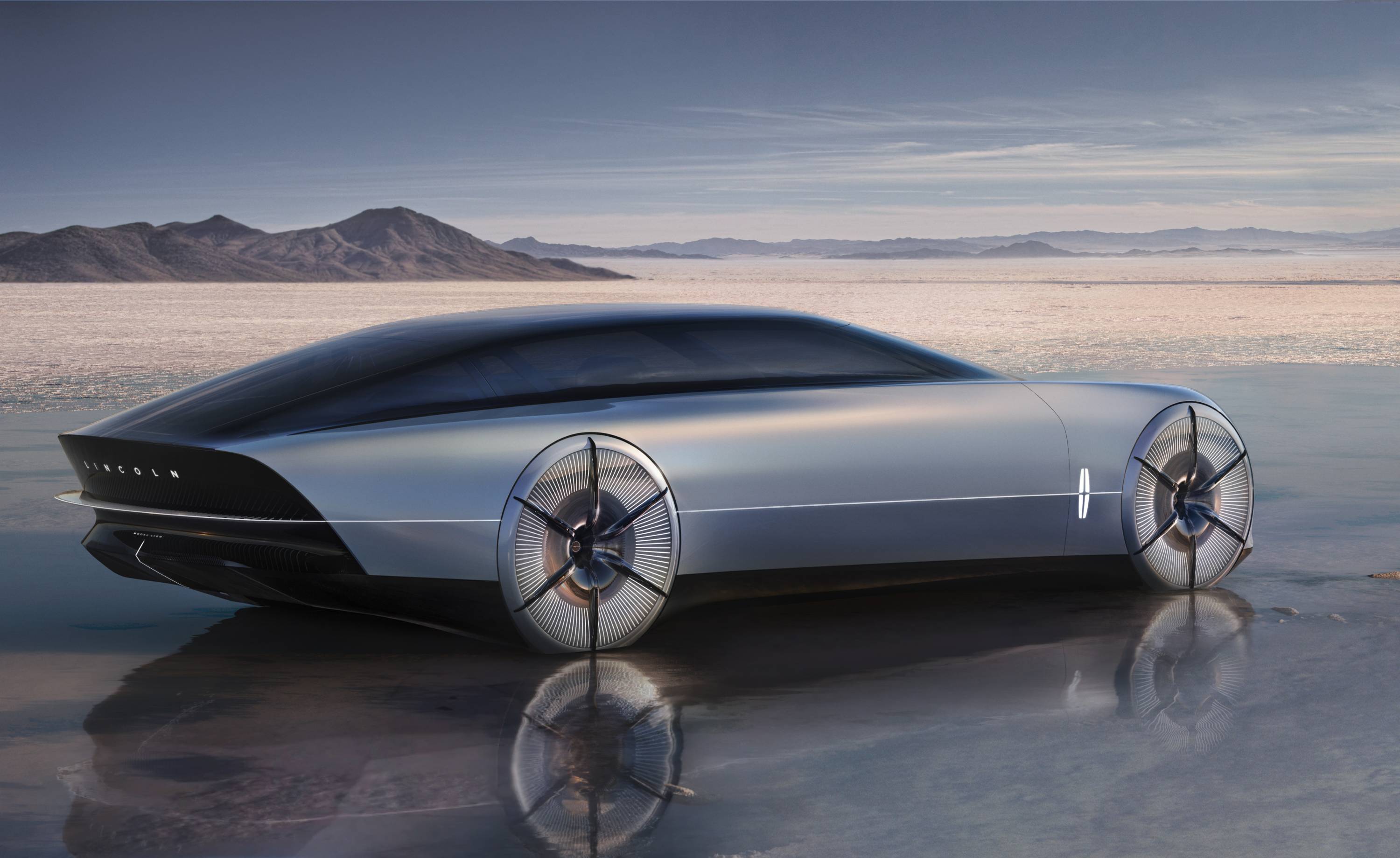 The sun sets on traditional supercars at California’s Monterey Car Week
The sun sets on traditional supercars at California’s Monterey Car WeekMonterey Car Week, the world’s most prestigious car gathering, is showcasing ever-more extravagant special editions, coachbuilt cars and all-new electric concepts. Here are seven key machines from 2022
By Rory FH Smith
-
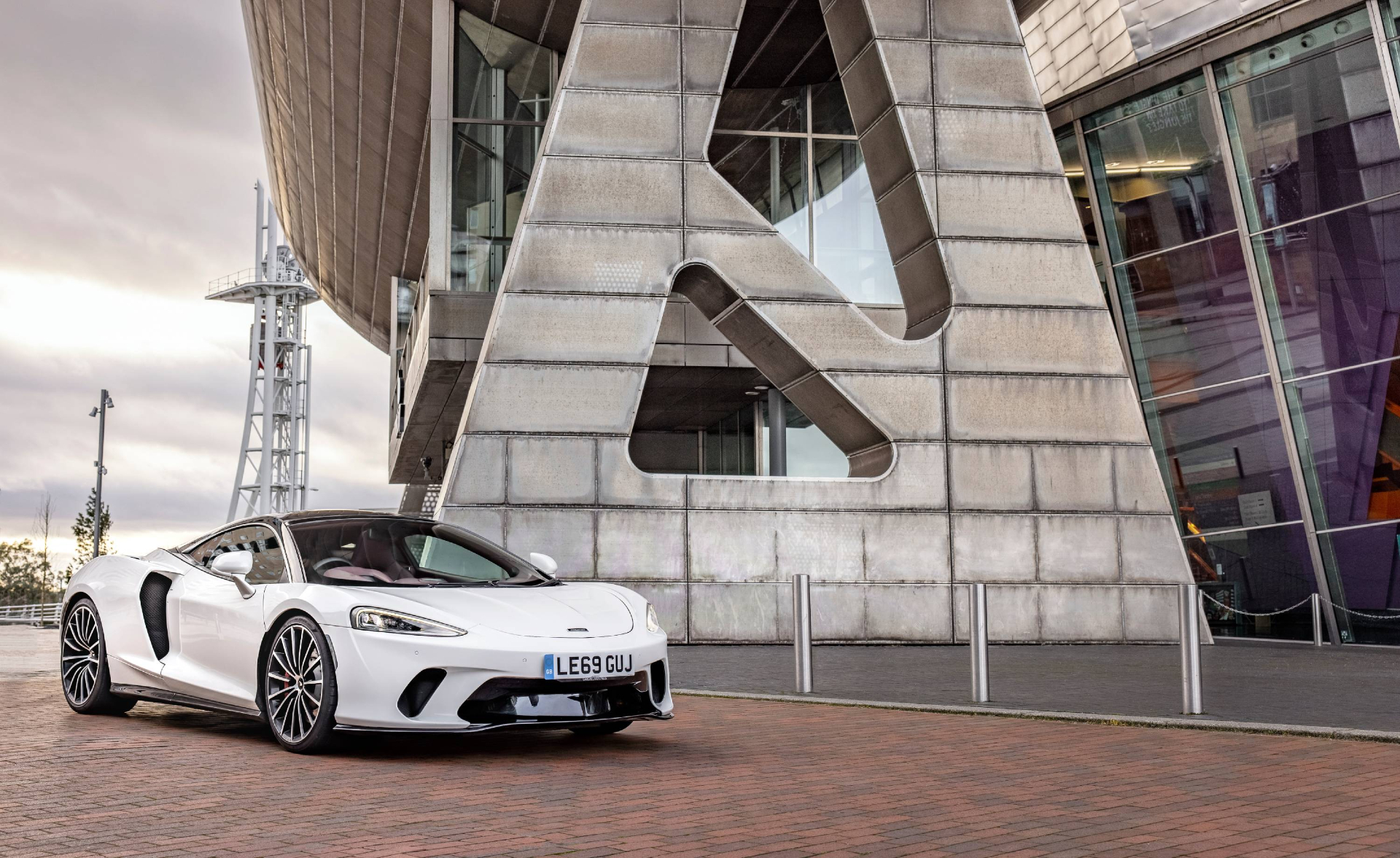 Is McLaren’s GT a sports car, a tourer, or the best of both?
Is McLaren’s GT a sports car, a tourer, or the best of both?The McLaren GT is a capable all-rounder dressed up in svelte supercar clothes. It might also be the last of its type
By Jonathan Bell
-
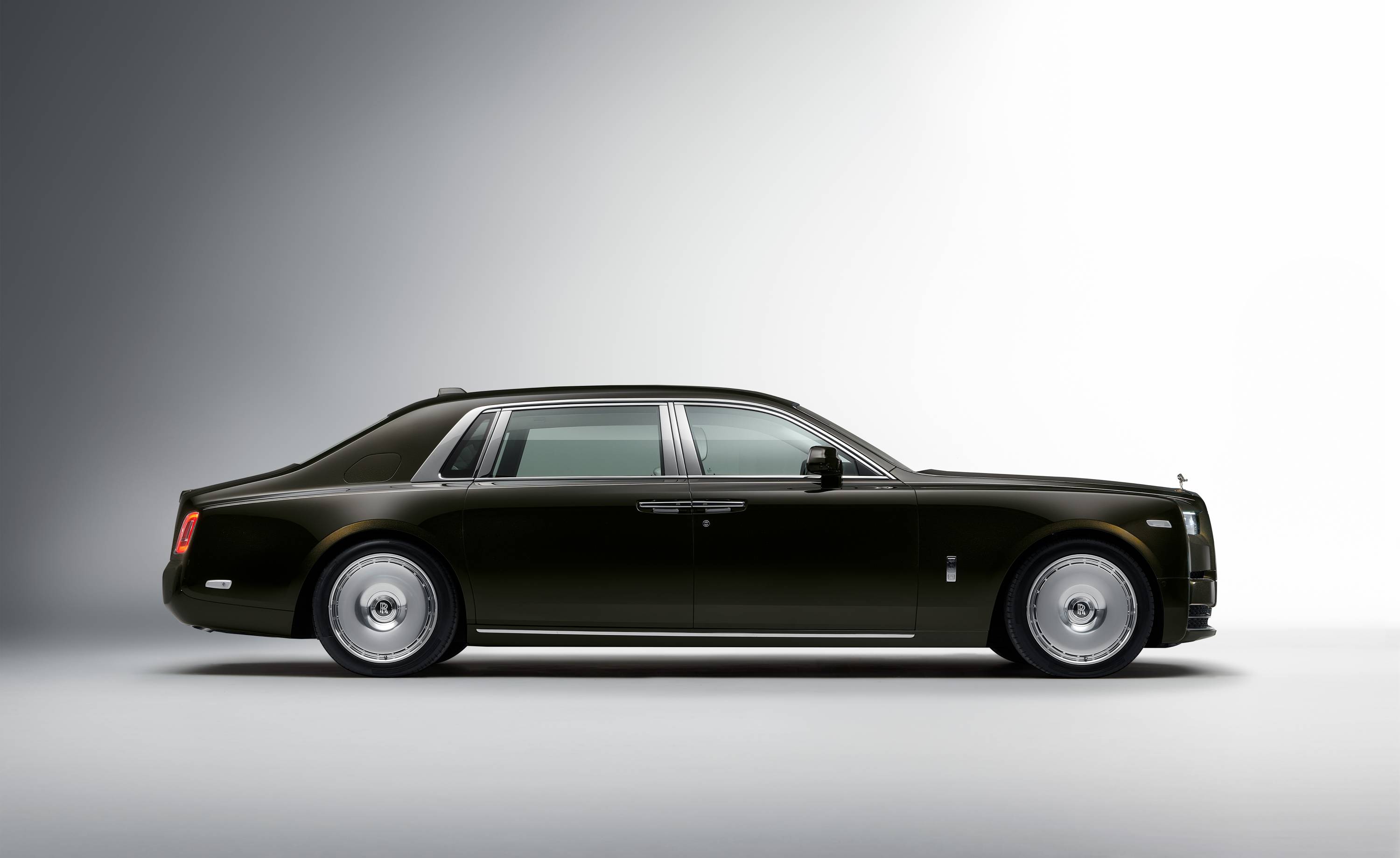 Rolls-Royce puts the Phantom back on its lofty pedestal
Rolls-Royce puts the Phantom back on its lofty pedestalA mid-life refresh ensures the flagship Rolls-Royce Phantom Series II is at the top of its game, a last hurrah for traditional engines before an electrified future
By Jonathan Bell
-
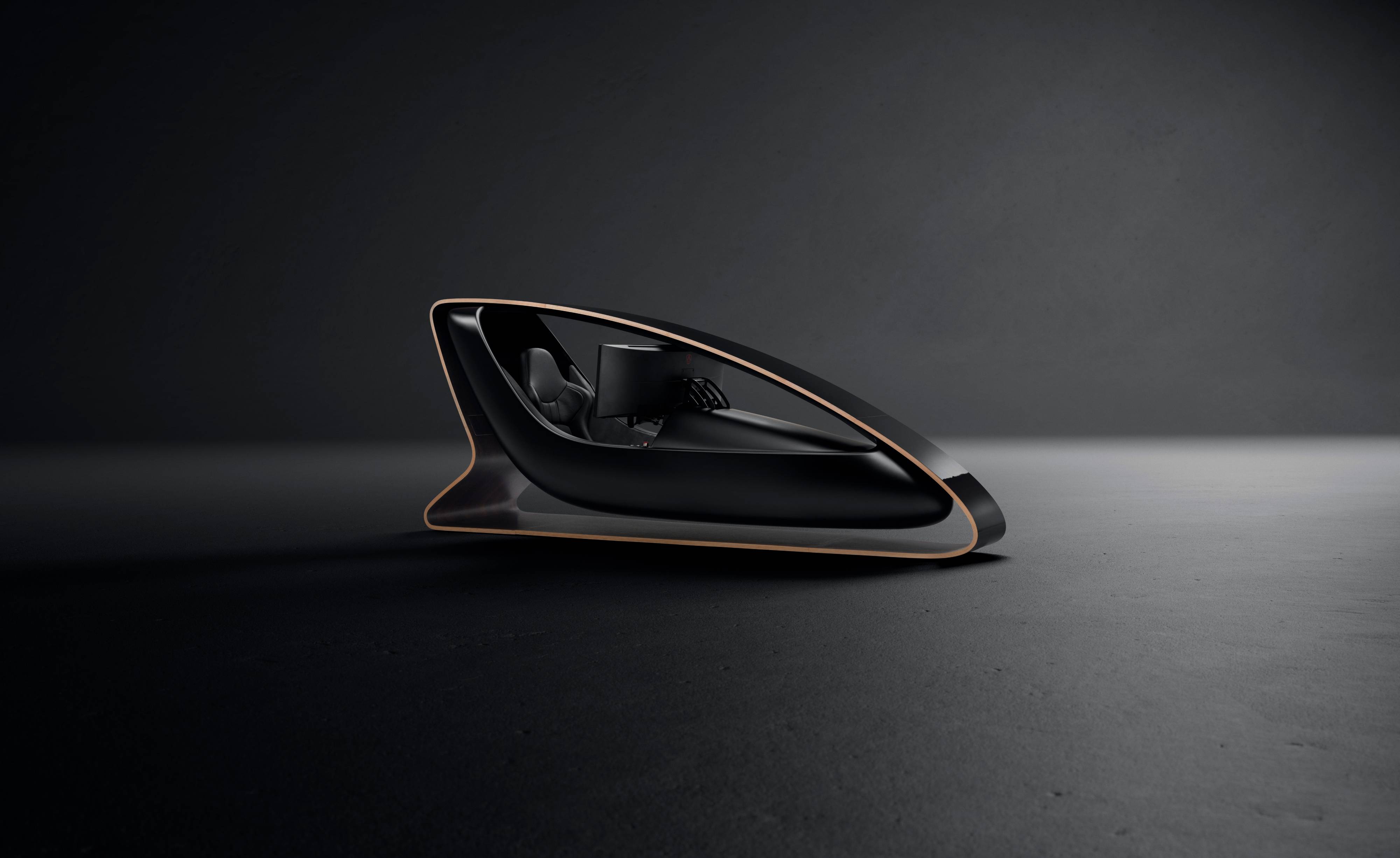 Prodrive’s new racing simulator is shaped by Callum to be front of the grid
Prodrive’s new racing simulator is shaped by Callum to be front of the gridThe racing simulator shapes up – this new design from Prodrive and Callum is honed for the high-end games room
By Jonathan Bell
-
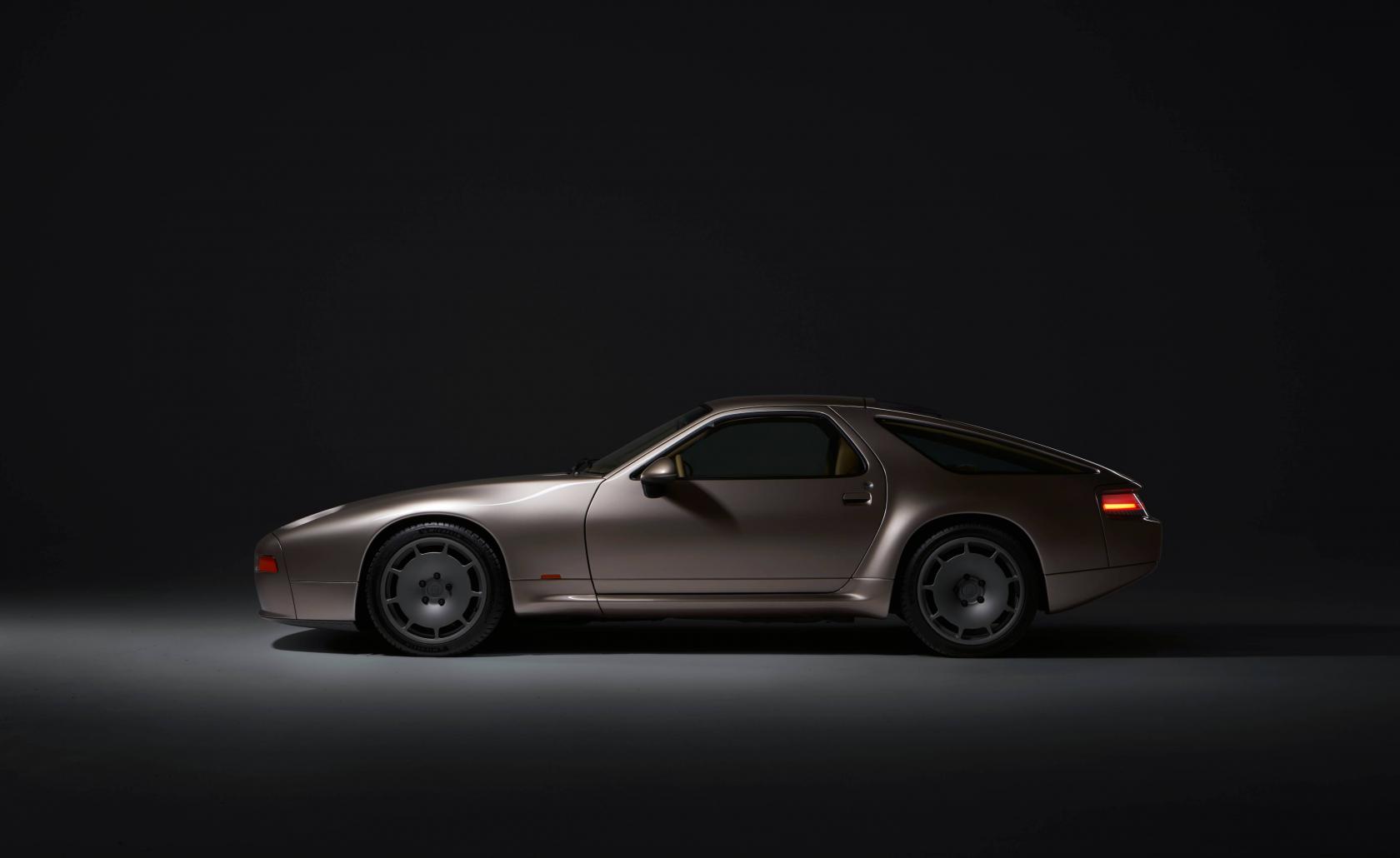 928 by Nardone Automotive: a restomod Porsche with Gallic verve and Italian style
928 by Nardone Automotive: a restomod Porsche with Gallic verve and Italian style928 by Nardone Automotive is a gracefully modernised version of Porsche’s endearingly different 928
By Jonathan Bell